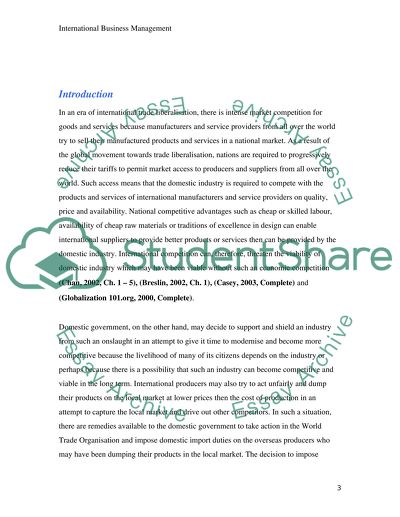Cite this document
(Trade Liberalization and Global Governance by the World Trade Organisa Coursework, n.d.)
Trade Liberalization and Global Governance by the World Trade Organisa Coursework. Retrieved from https://studentshare.org/macro-microeconomics/1534980-international-business-management
Trade Liberalization and Global Governance by the World Trade Organisa Coursework. Retrieved from https://studentshare.org/macro-microeconomics/1534980-international-business-management
(Trade Liberalization and Global Governance by the World Trade Organisa Coursework)
Trade Liberalization and Global Governance by the World Trade Organisa Coursework. https://studentshare.org/macro-microeconomics/1534980-international-business-management.
Trade Liberalization and Global Governance by the World Trade Organisa Coursework. https://studentshare.org/macro-microeconomics/1534980-international-business-management.
“Trade Liberalization and Global Governance by the World Trade Organisa Coursework”. https://studentshare.org/macro-microeconomics/1534980-international-business-management.


